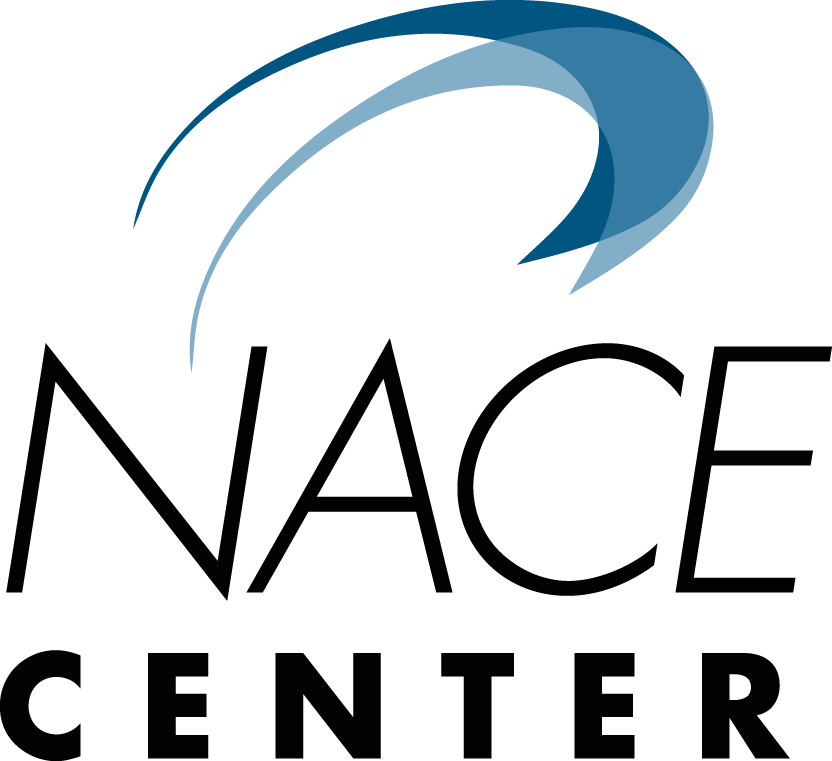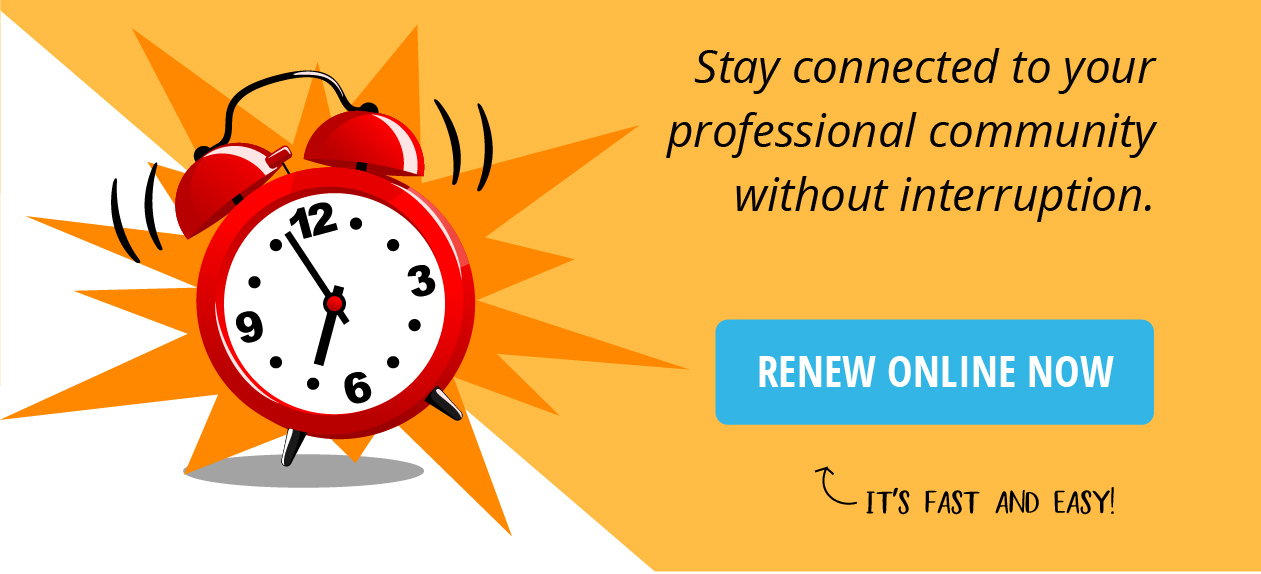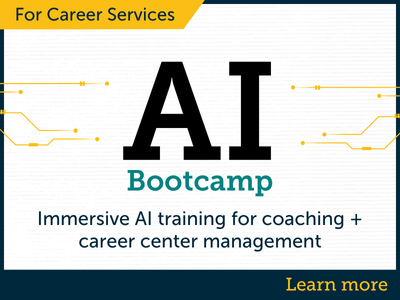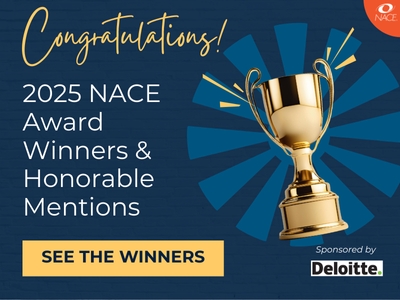There are two primary reasons that career centers might lack confidence in using AI in their work, according to Jeremy Schifeling, founder of The Job Insiders.
“The first is speed,” Schifeling says. “AI is advancing at an unprecedented pace. Keeping up with these changes can feel overwhelming, especially when career professionals are already managing so much. There's also understandable apprehension around the ethical use of AI, especially regarding data privacy, bias, and the potential for automation to depersonalize the career counseling process.”
Learn how to leverage AI!
Jeremy Schifeling will lead the NACE AI Bootcamp this spring. Join us to discover how you can use AI to boost your advising game this school year. Get live, step-by-step walk-throughs of various AI apps (even create your own bot), and practice in small groups each week for four weeks. Take the next step in your professional development journey and become an AI-savvy career leader. Register now to secure your spot in the AI Bootcamp!He suggests that career centers that are interested in using AI but haven’t should start by tackling the areas that they deal with every day and that are the hardest challenges to solve: career exploration, resume optimization, and interview prep.
“AI is helpful with career exploration because no coach can know every job under the sun, so allowing AI to suggest potential roles for our students can help us get a better view of all the possibilities,” Schifeling explains.
“AI is an effective tool for resume optimization because our eyes and brains don't think like an ATS, but that kind of pattern-matching is exactly how AI works, so letting these tools identify missing keywords can be a big breakthrough. And for interview prep, we have a limited number of hours in the day and thousands of students to serve, so leaning on tools like LinkedIn's Interview Prep can help our students get extra practice.”
Once started with AI, career centers can build confidence in leveraging it as a tool while serving as a source of AI information and guidance for students, faculty, and others. To do so, Schifeling recommends:
- Starting with pilot projects—Select a few AI tools to pilot in specific areas. This controlled environment helps identify benefits and challenges without overwhelming the team.
- Providing ongoing training—Regular workshops and training sessions can demystify AI, showing staff how these tools work and how they complement, rather than replace, their expertise.
- Creating an AI task force—Form a small group of enthusiastic staff members to explore new AI tools, evaluate their effectiveness, and share best practices across the center.
- Integrating AI gradually—Instead of overhauling systems overnight, integrate AI incrementally. This allows for adjustments based on real-world feedback and outcomes.
- Foster a culture of experimentation—Encourage staff to view AI as a tool for experimentation. Celebrate both successes and lessons learned from failures to reduce fear and build confidence.
There are pitfalls that career centers should be aware of and avoid on their journey incorporating AI into their operations. Schifeling identifies the big issues as:
- Having an overreliance on AI—While AI can automate and enhance many tasks, it shouldn’t replace the human connection that is central to career advising. Empathy, intuition, and personal experience are irreplaceable.
- Ignoring data privacy—Ensure any AI tools used comply with data protection regulations (like FERPA) and have strong security measures in place.
- Failing to address bias—AI systems can inadvertently perpetuate biases present in their training data. Regularly review AI outputs for fairness and equity, especially in tools related to hiring recommendations.
- Neglecting staff buy-in—Implementing AI without involving staff in the decision-making process can lead to resistance. Engage advisers early, seeking their input and addressing concerns.
There is a lot to consider when determining whether or not to use AI—and, if so, how deeply to implement it—in career services operations. By taking a measured, strategic approach that involves staff and accounts for ethical concerns and potential overreliance, career centers can establish a solid foundation upon which to implement and grow their use of AI.
Jeremy Schifeling will lead the NACE AI Bootcamp this spring.






